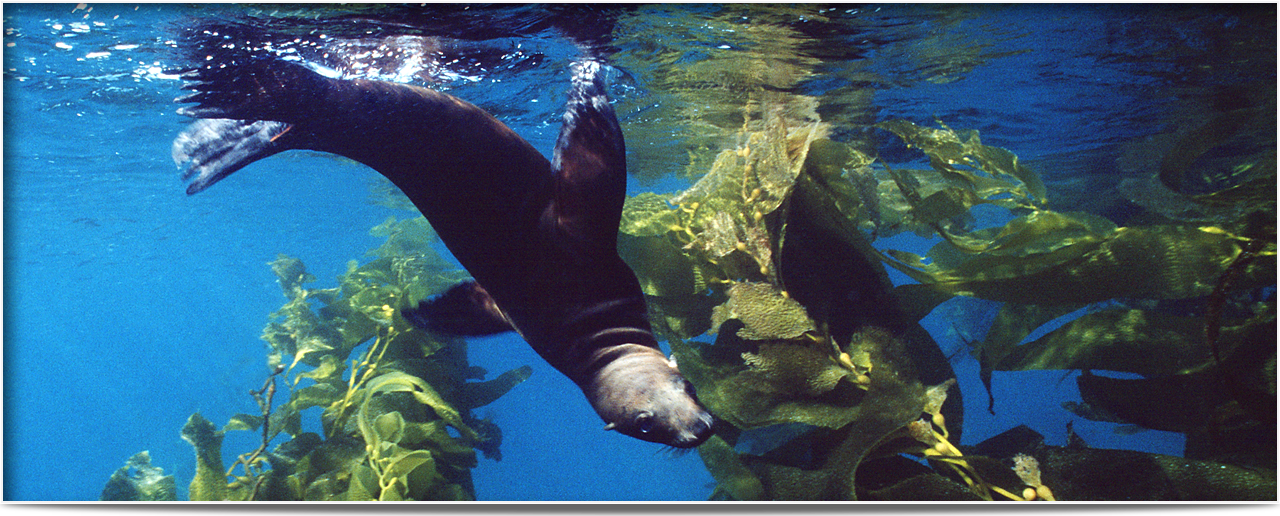History of Agar
Why should I care about a seaweed product?

“Agar is used for everything from food preparation, cosmetics, research labs, fertilizers, and animal feed additives.”
AGAR~AGAR
Gelidium and Gracilaria(also known as agar-agar) account for most of the raw material used for the extraction of agar. Gelidium is the higher quality agar (as measured by the gel strength, a.k.a. the strength of a jelly formed by a 1.5 percent solution). Gracilaria is one of the most ancient stabilizers used in food. Gelidium grows best where there is rapid water movement. Depending on the species, it can be found in water from two meters to 20 meters in depth. Gelidium prefers rocky areas with steep slopes, and is rarely found on muddy or sandy bottoms. It prefers partial shade and may be bleached by full intensity light in tropical latitudes. It usually grows best at 15 to 20 degrees Celsius, but it can tolerate higher temperatures. It can also survive in low nutrient conditions, and some species adapt to low or high salinity. Gracilaria species were once considered unsuitable for agar production because the quality of the agar was poor (gel strength too low). In the 1950s, researchers discovered that pre-treating the seaweed with alkali before extraction lowered the yield but produced a good quality agar. This expanded the agar industry and led to harvesting a variety of Gracilaria wild species in countries such as Argentina, Chile, Indonesia and Namibia. But over-harvesting the wild crop in Chile created a need for new cultivation methods. Harvesters there began using ponds and open waters of protected bays, a method that has spread to Indonesia; Namibia, China; the Republic of Korea; the Philippines and Viet Nam using Gracilaria species native to each particular country. Obviously, Gracilaria species can be grown in both cold and warm waters, but the best quality is grown in cool/cold.
CULTIVATING
The seaweed is held onto the rock by a holdfast, a structure that often consists of many finger-like pieces called rhizoids. It is important for some rhizoids to be left on the rock so the Gelidium can re-grow. The industry has devised machines to help the diver cut or “mow” the bed have been devised, which allow for less damage to the rhizoids. These machines also have a vacuum to help transport the cut plant to a harvest boat. In several countries, such as Chile and Indonesia, most of the harvest is from attached weed that is picked by hand either at low tide or by snorkeling in shallow waters. Gracilaria grows on the bottom of the sea. As the plant enlarges, it provides more resistance to water movement and can eventually break off, leaving some of the plant in the sediment or sand to grow again. The broken pieces drift, to be collected by nets or picked up after they wash onto the shore. Some harvesters also rake the beds from a boat, but this requires care because it’s easy to damage the sea bottom, leaving little residual plant to grow again. Line or rope farming was pioneered in China in the 1950s to cultivate brown seaweeds, and the method has been adapted to several other genera, including Gracilaria. With this method, pieces of Gracilaria are fixed to a rope or monofilament line such as nylon that is stable when exposed to sunlight and salt water for long period. Farmers untwist the rope to open the lay, insert the plant and then allow the rope to twist back to its natural position to attach the seaweed. Pond cultivation is less labor intensive than rope farming (no need to fix many pieces to a rope or net) and has been quite successful. These ponds are usually no larger than a hectare. Pieces of fresh seaweed, either gathered from natural beds or nearby ponds, are distributed evenly over the pond surface and allowed to sink to the bottom. The ponds need access to both salt and freshwater so farmers can adjust the salinity and change the water via tidal flows every two to three days. Harvesting is possible every 35 to 45 days, depending on the seasonal growth rate. About half the seaweed is harvested, usually by people wading through the pond, scooping it off the bottom into nets and placing it on a wooden raft or floating basket. The remaining plants form seed material for the next crop, and are broken into smaller pieces and broadcast over the pond. The harvested material is often laid around the banks of the pond to dry in the sun for two to three days, although you get a cleaner product if you move it to a man-made location. One disadvantage of pond Gracilaria, however, is that its agar is often of low gel strength and perceived lower quality, thus lower prices.
PROCESSING
Gracilaria is also washed, but it must be treated with alkali before extraction; this alkaline pre-treatment causes a chemical change that gives the agar an increased gel strength appropriate for commercial use. Agar for food use is sold in two forms: strips and powder. The powder basically involves washing. Agar strip, sometimes called natural agar, however, is produced on a small scale in the Republic of Korea, Japan, and China using an old, traditional method that involves Gelidium— it was the only raw material used before WWII, in fact. The traditional approach boils Gelidium for several hours in water, adding either vinegar or dilute mineral acid to acidify it. The hot extract is filtered through cotton cloth, and then poured into wooden trays to cool, which will form a gel. The gel is extruded to produce spaghetti-type strips about 30 centimeters long. The strips are frozen and thawed repeatedly (which causes water to release), leaving a more concentrated gel. The strips are then dried. Strips are assembled into bundles and sold for domestic use. Consumers should soak the strips to make them easier to dissolve in boiling water. Bacteriological agar can only be made from species of Gelidium because the resulting agar has a low gelling temperature (34 to 36 degrees Celsius) that allows the addition of other materials to the agar with a minimum risk of heat damage. Bacterial agars must not contain anything that might inhibit the growth of bacteria, such as trace metals, soluble carbohydrates or proteins, and they shouldn’t contain any bacterial spores. They must not interact with any materials a researcher may add as nutrients for the bacteria under study. The gels must be strong and have good clarity.
IN YOUR WORLD . . .
When it comes to food production, agar is considered the most useful ingredient you’ll never know is there.
Some agars can be used in confectionery treats with a very high sugar content, such as fruit candies. These agars are said to be “sugar reactive” because the sugar (sucrose) increases the strength of the gel. Because agar is tasteless, it does not interfere with the flavors, unlike some of its competitive gums that require adding calcium or potassium salts to form gels. In Asian countries, agar is a popular component of jellies; one popular Japanese sweet dish, mitsumame, consists of cubes of agar gel containing fruit and added colors. This also can be canned and sterilized without the cubes melting, which is why agar is also used in gelled meat and fish products.
